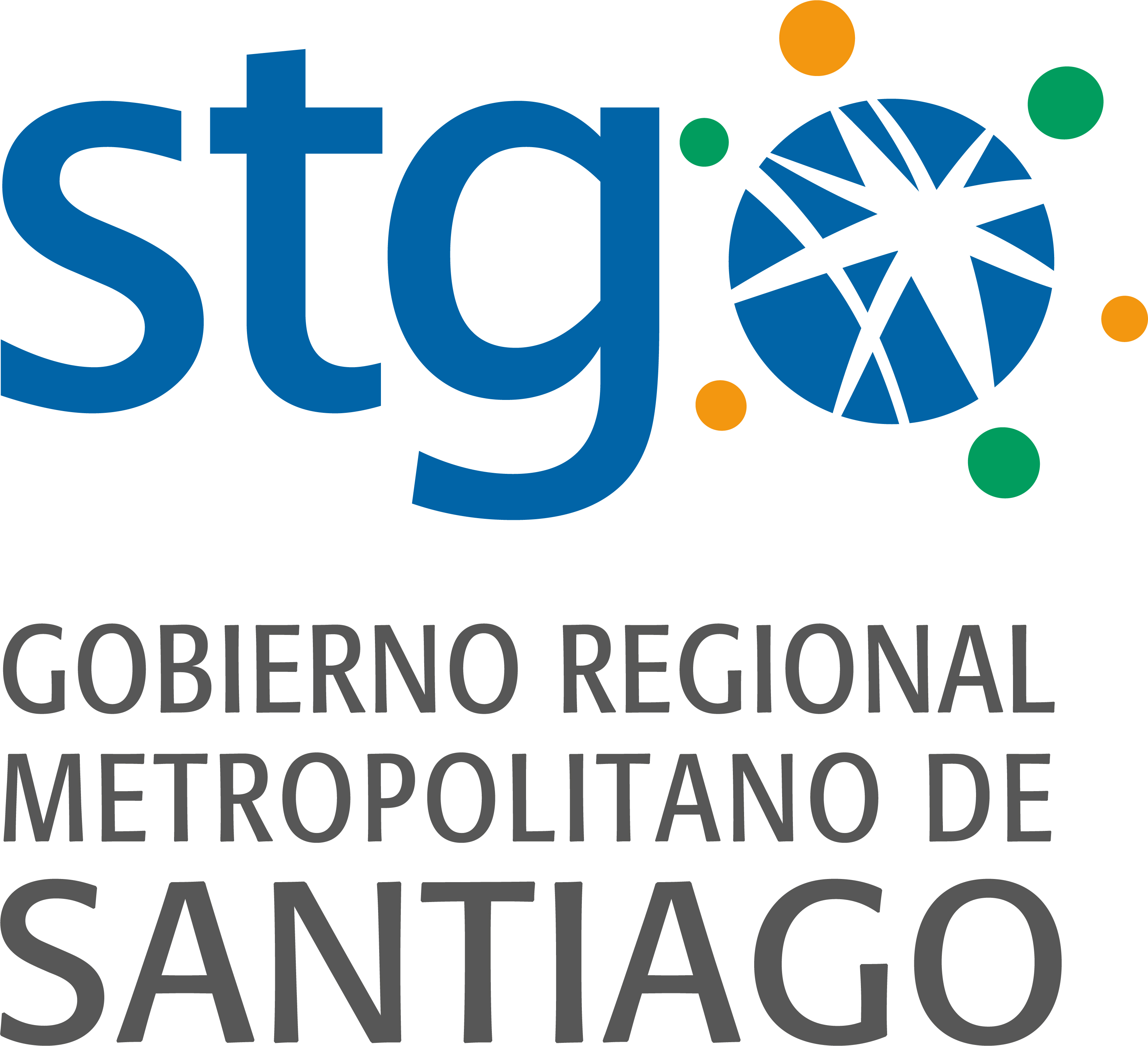National Research Council Nepal
Description
About
National Research Council Nepal was originally established with the objectives of natural resource management and conservation, applied research on the biodiversity,water management, Agriculture, ecology of both flora, fauna and the development of human resources through in-country training, in wildlife techniques, community participation techniques, community forestry, conservation education Medical and Health education. Herbaria are collections of dried preserved specimens that document the identity of plants and fungi represent reference collections with many and varied functions including identification, research, and education. Researchers generally focus their projects on the themes of biodiversity exploration, botany science core, and sustainability. Our scientific expertise is focused on plant and fungi identification and naming comparative plant and fungal biology, plant and fungi conservation and health, plus determination of ecosystem services provided by plants and fungi. Scientists work across the globe to discover, describe and conserve plants and fungi ensuring the sustainability of the multiple ecosystem services they provide for human well-being. These include the role of plants and fungi in regulating services, such as carbon cycling or water regulation, provisioning services, including food, fuel and medicine, and cultural services. Plants and fungi engage in intimate relationships that range from harmful to beneficial the fungus receives sugar from the plant in return for greatly enhancing the plant’s ability to take up water and nutrients from the soil. Other benefits to the plants may include protection against herbivores and resistance to toxins and pathogens.
The climate in Nepal varies from tropical to the Arctic within the 200 km span from south to north and the natural vegetation follows the pattern of climate and altitude. The Terai and the Chure (Siwalik) Hills have tropical to sub-tropical climates. The Middle Mountains are sub-tropical in valley bottoms, but warm temperate on valley sides, and cool temperate on higher ridges, which experience occasional snowfall. The Middle Mountain Zone has the greatest diversity of ecosystems and species in Nepal due to the great variety of terrain types and climatic zones. Vegetation consists of a mixture of many species including pines, oak, rhododendrons, poplars, walnuts, and larch. The High Mountains and the High Himalayas are alpine with a Nival climate above the snowline. In recent years, climate change has affected rainfall pattern, temperature, vegetation, Himalayan glacier and livelihood of the community. Middle Mountain and High Himalayan regions are more sensitive to climate change due to their physiographic characteristics. Glaciers are retreating so fast and snow line is continuously shifting upward. The average warming is found 0.05oC/year. Flowering and fruiting time of some plants has been changed which have an adverse effect on biodiversity.
Nepal is one of the richest countries in the world in terms of bio-diversity due to its unique geographical position, altitudinal variation, and climatic zones. The term "biological diversity" is used to describe the number and variety of living organisms and ecosystems on the planet.
Although Nepal is very rich in biodiversity by the geographical variation, some endangered wildlife animals and plant species are confined to limited forest areas and are almost at the verge of extinction. Since the existing forest area is shrinking due to rapidly growing population and conversion of forest area into other land use through infrastructure developments, it is necessary to develop and implement policies to ensure the protection of our invaluable resources for the benefit of both present and future generations. There is a need to create a conducive environment for conservation so that the people and the nation can draw benefit from it.
SECTOR
Research
Country
Nepal
SDG
04 - Quality Education
Organization Type
NGO
Similar Organizations




